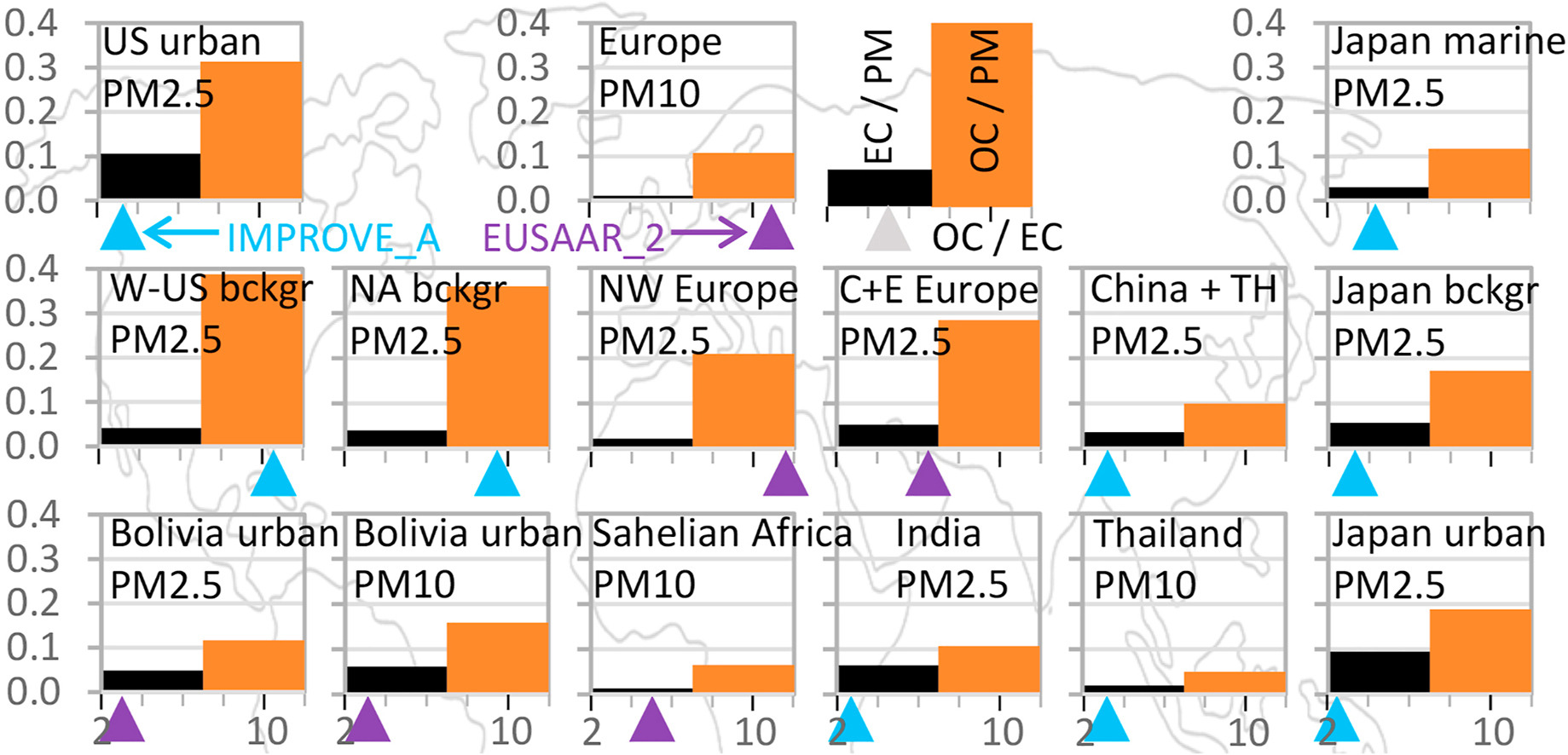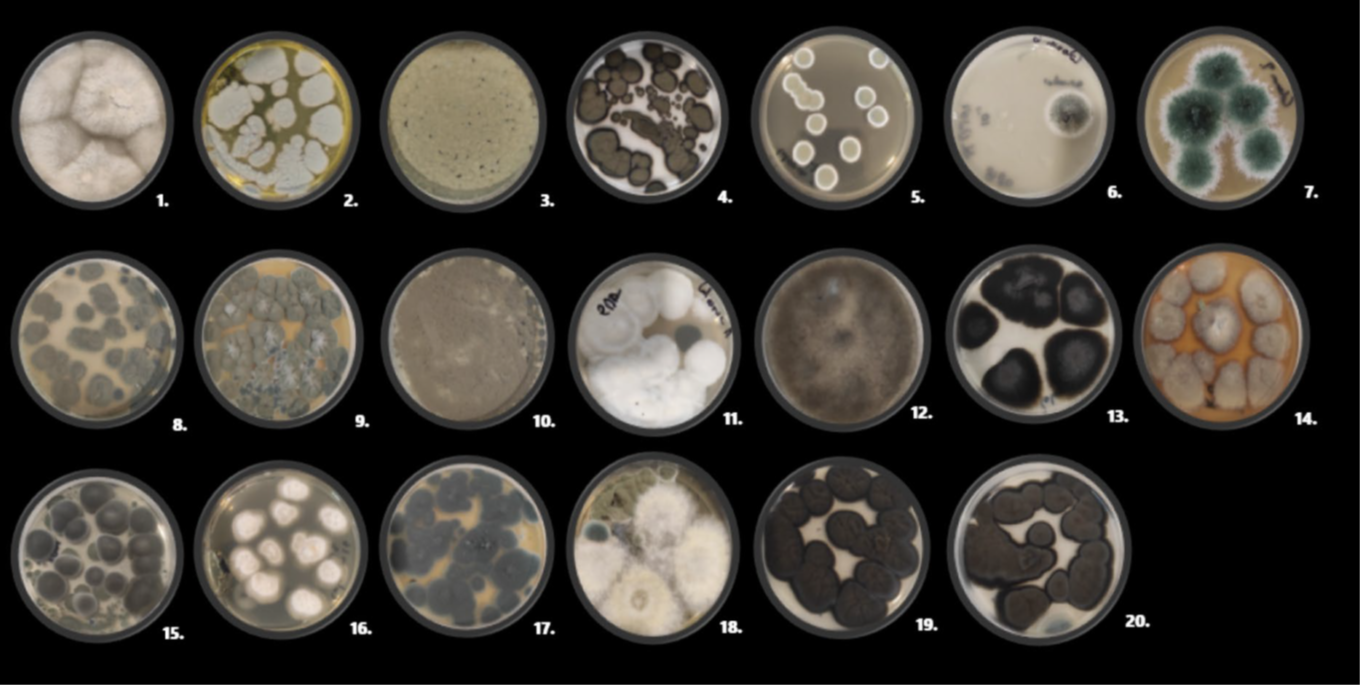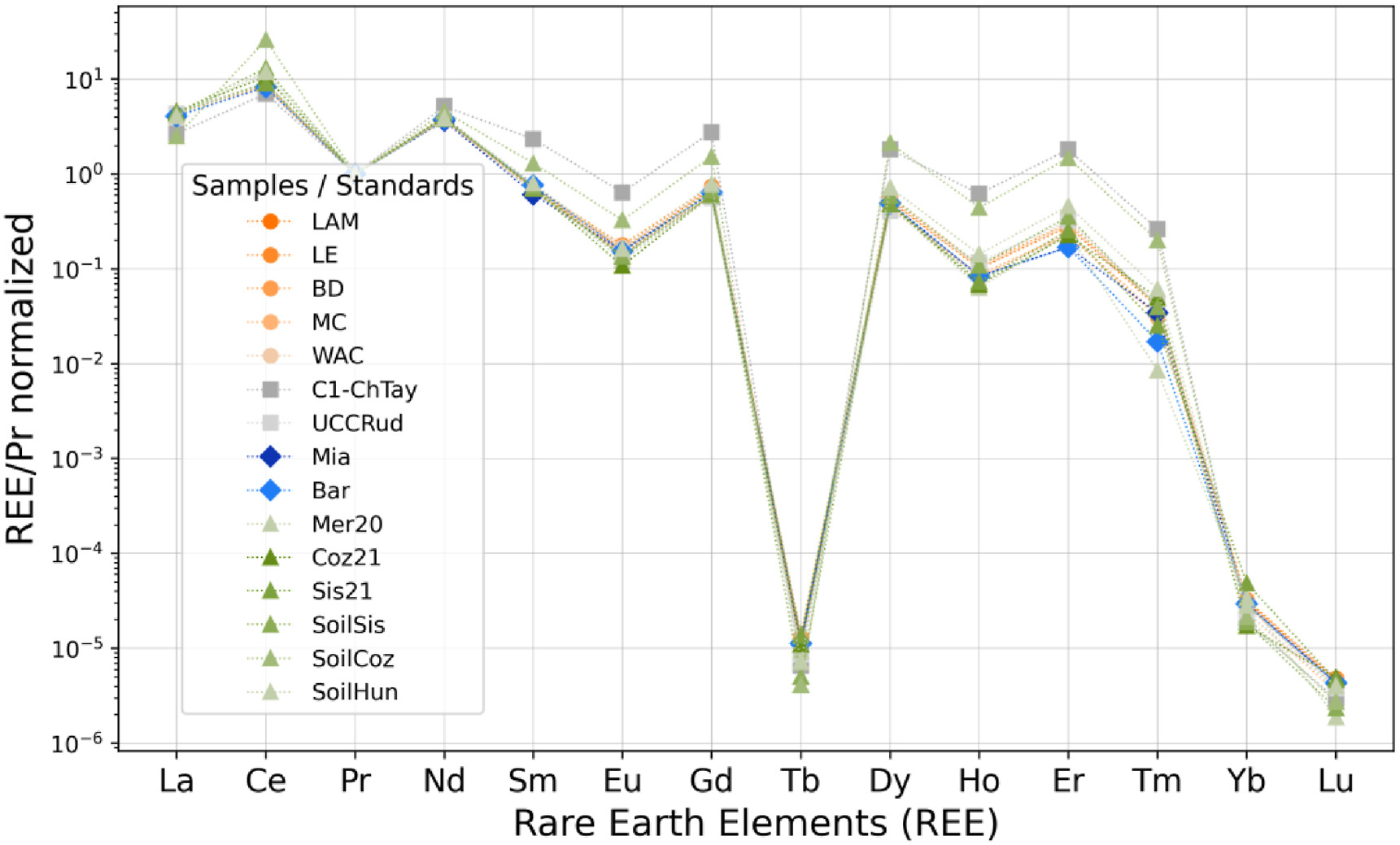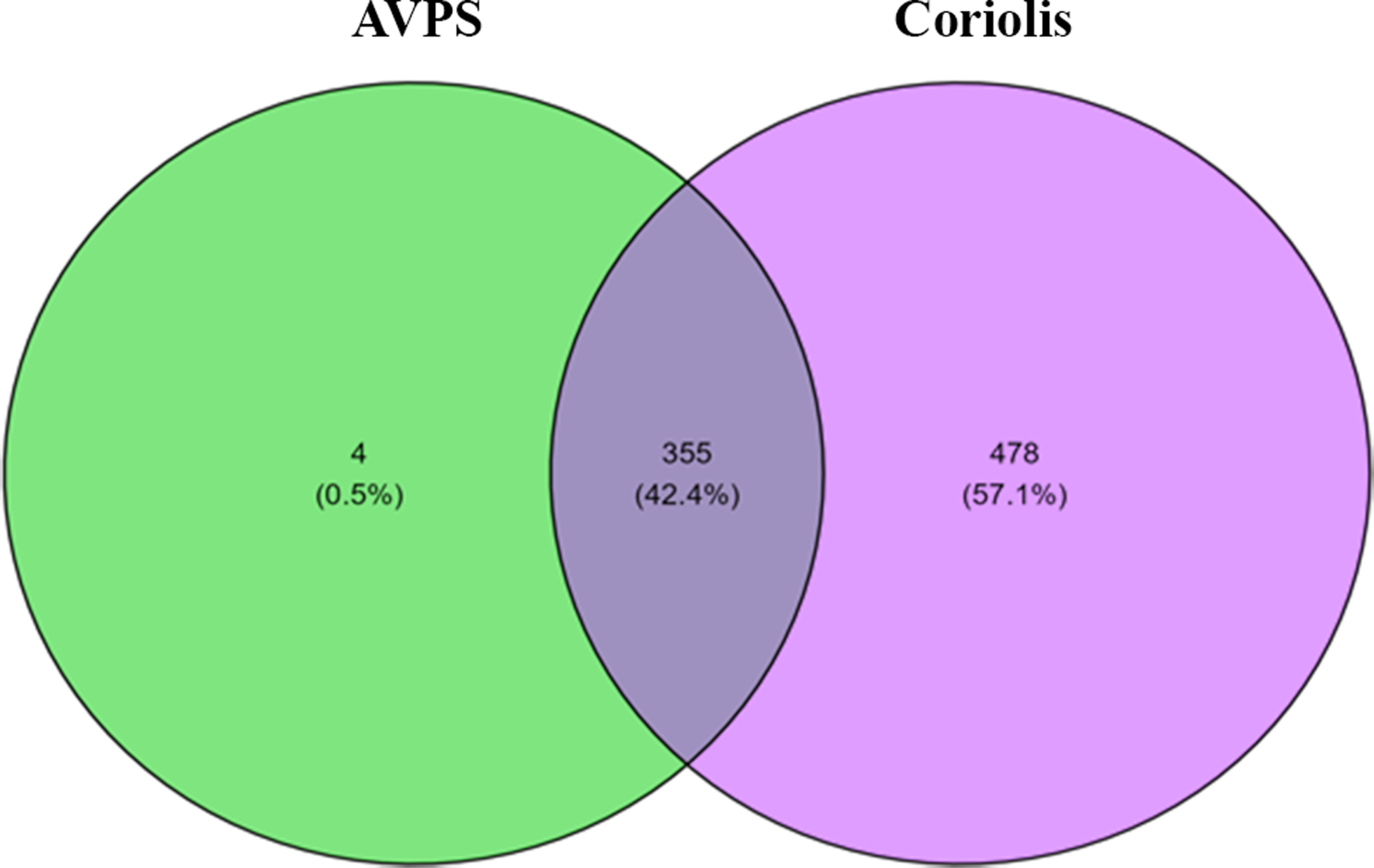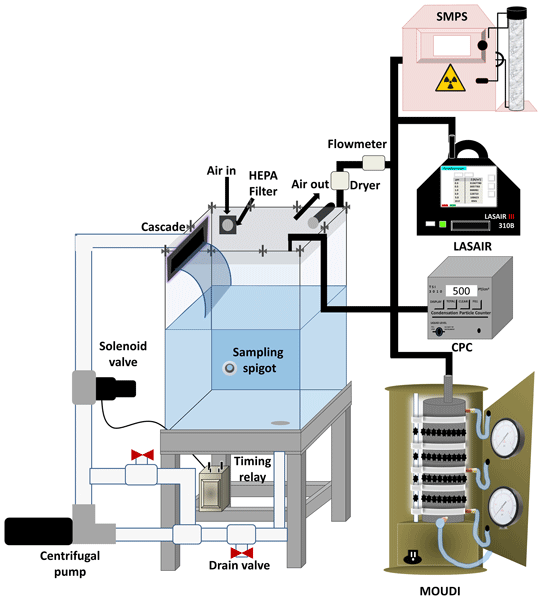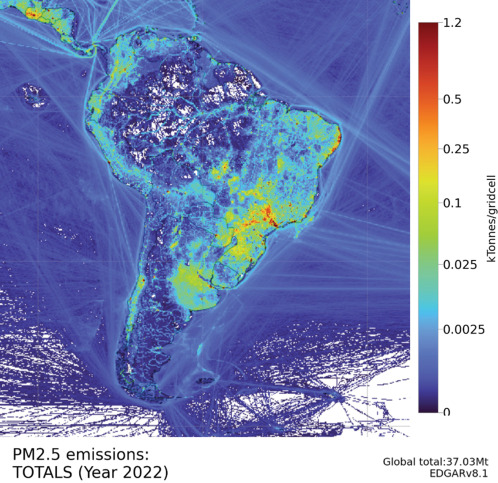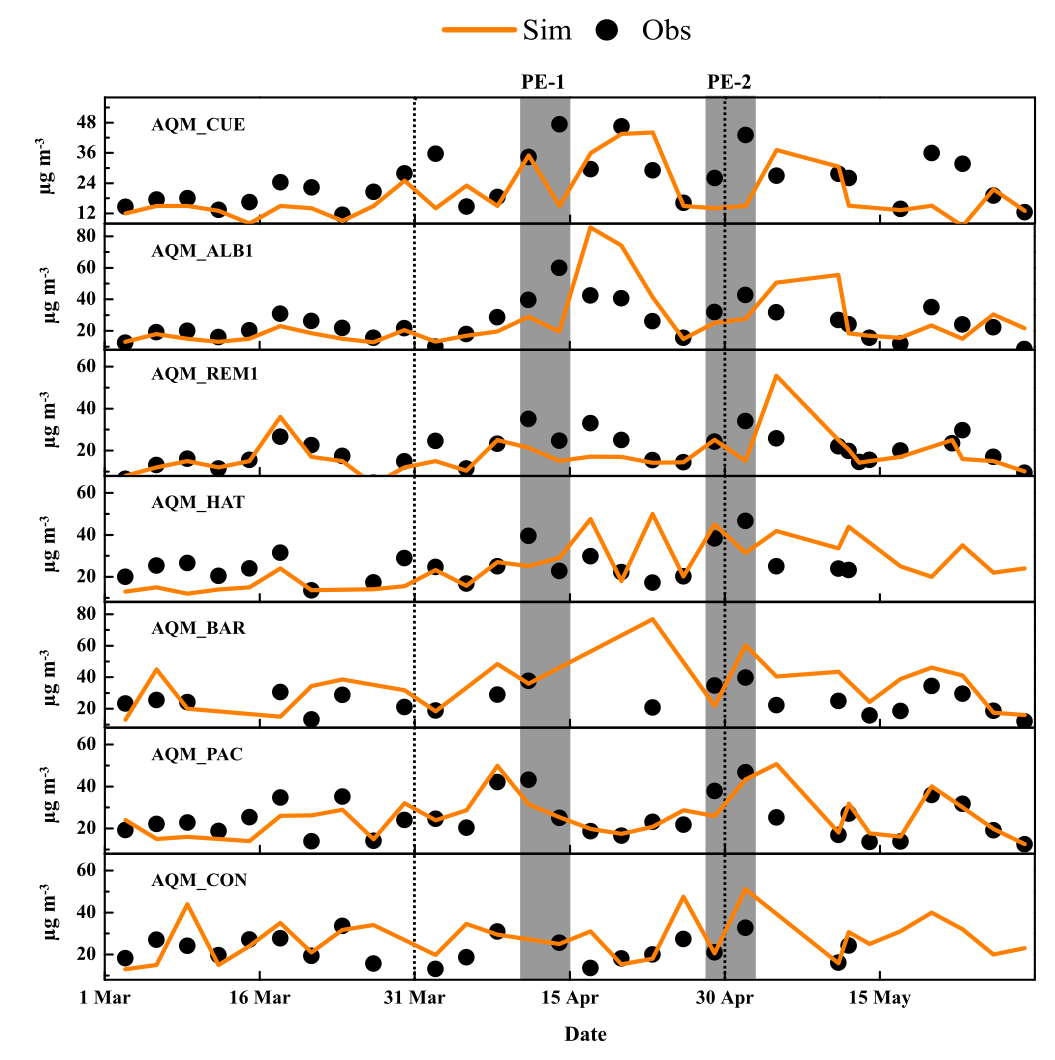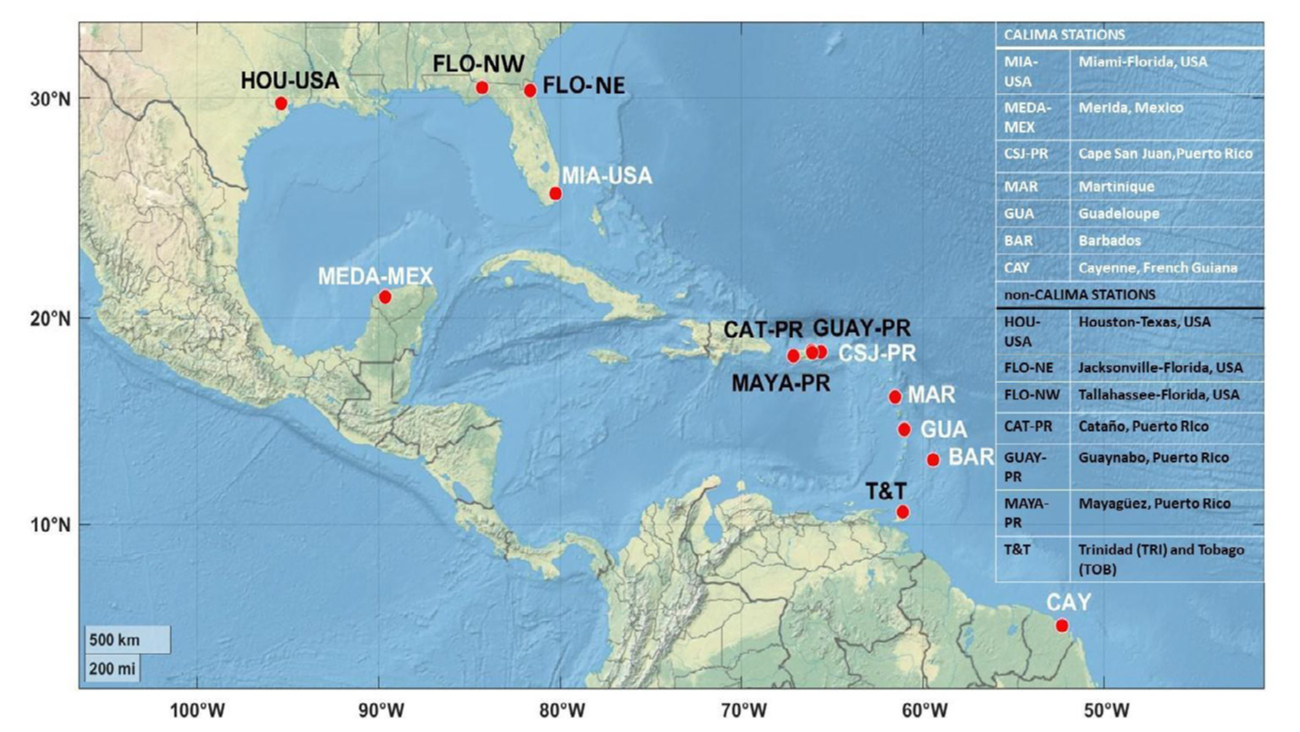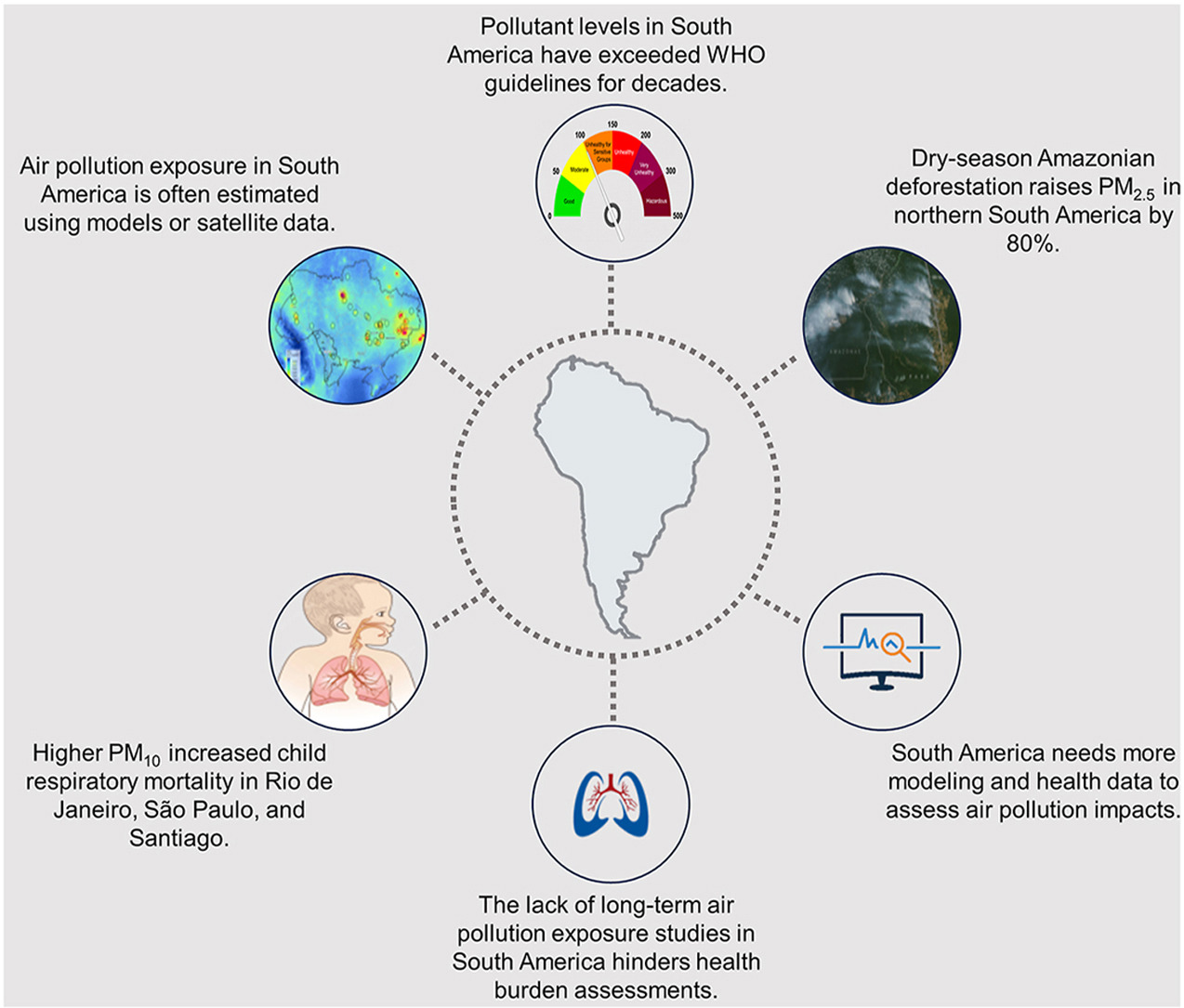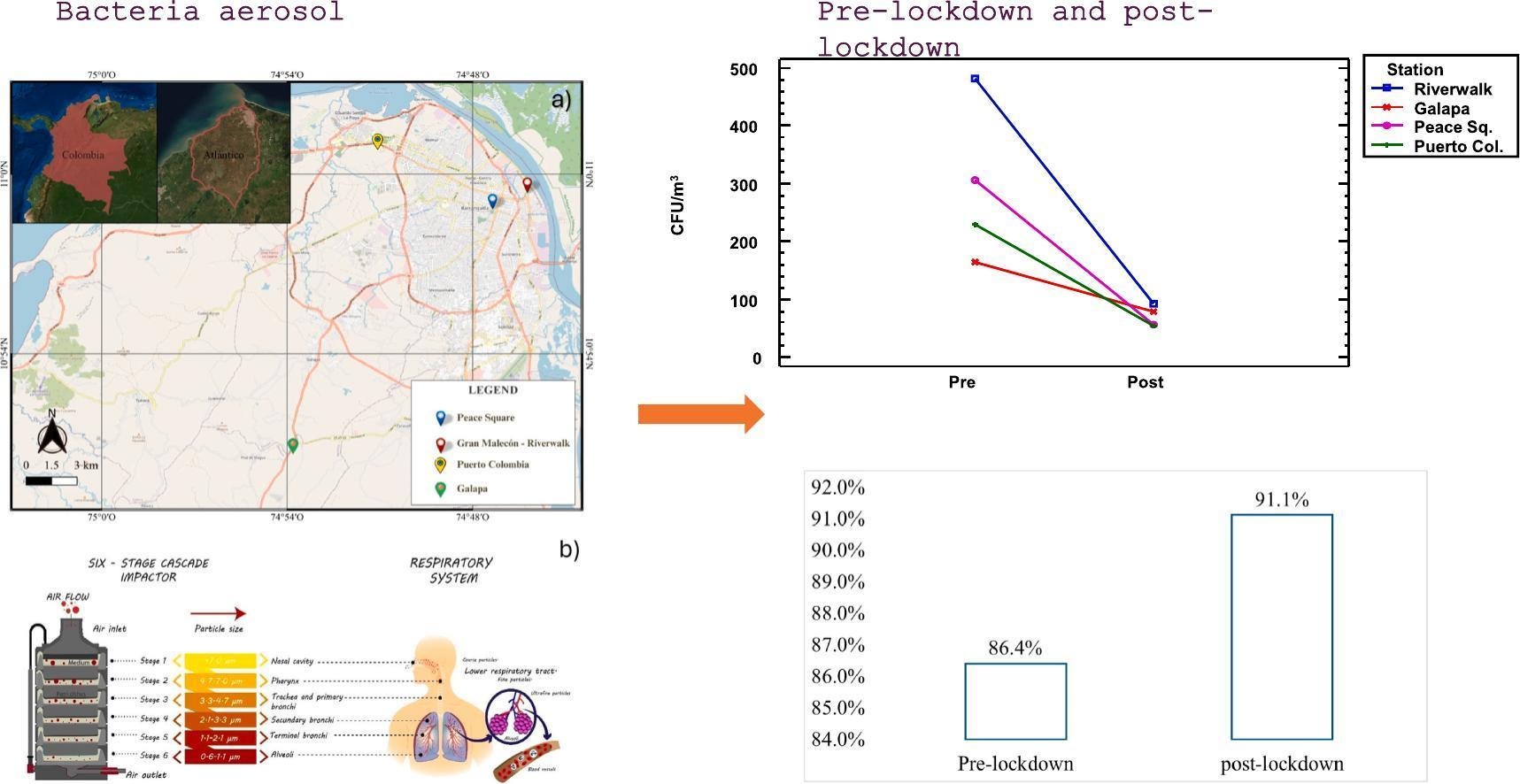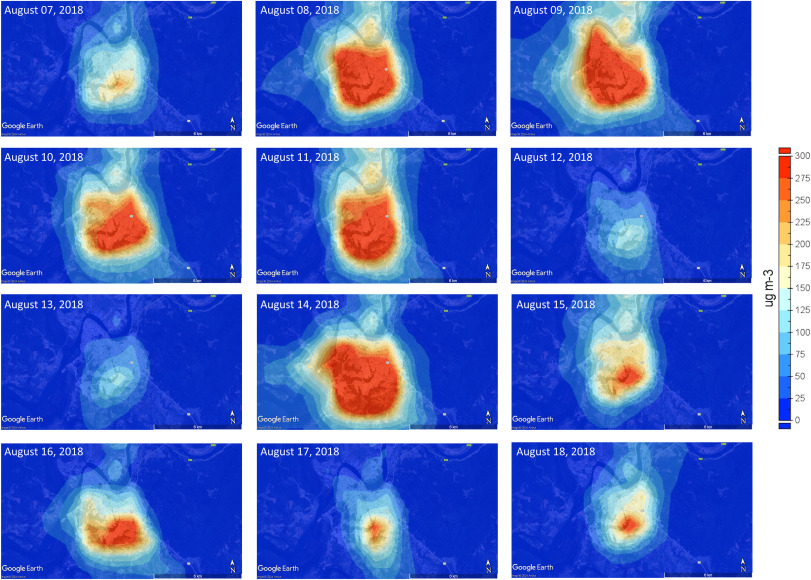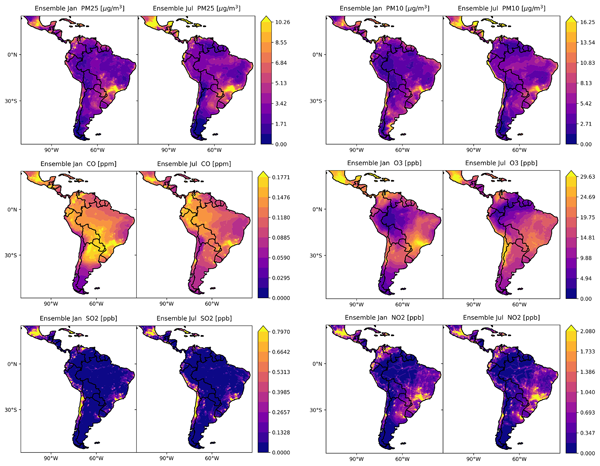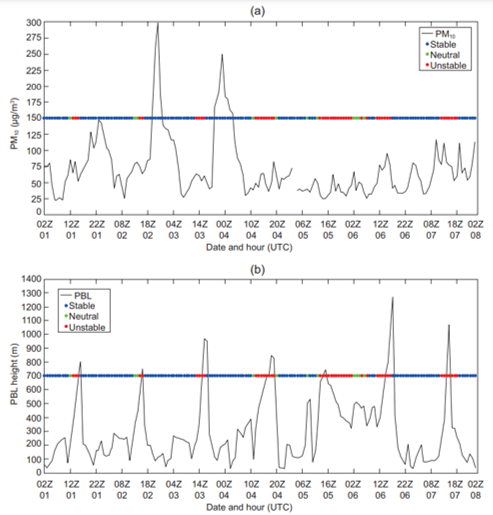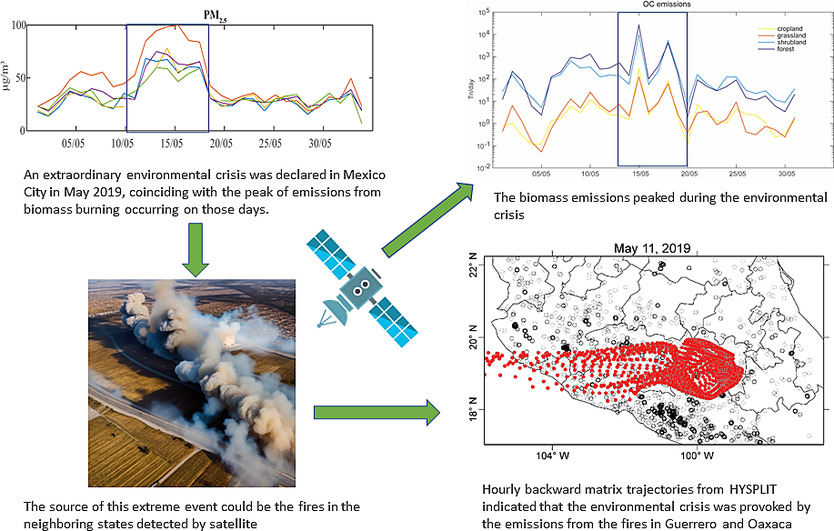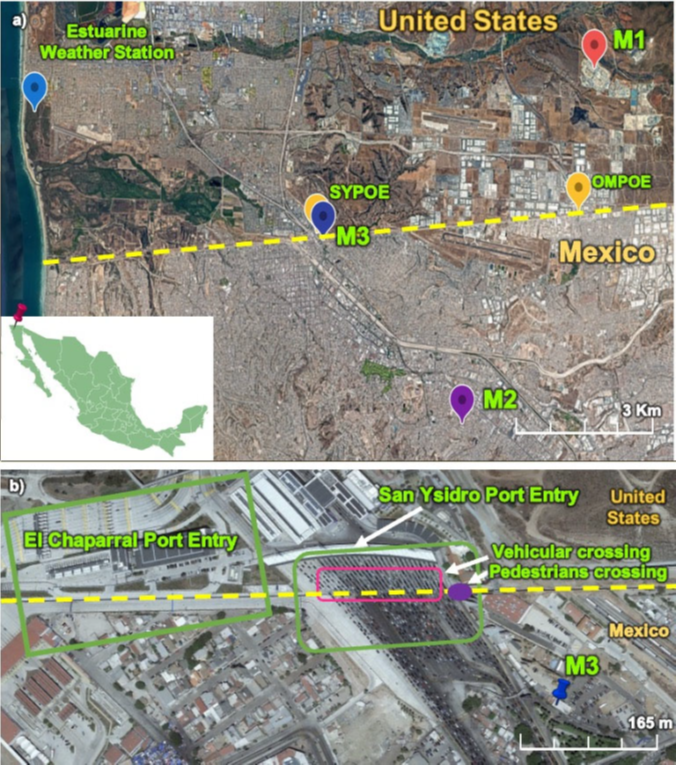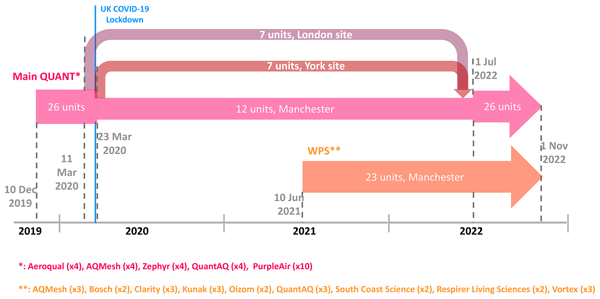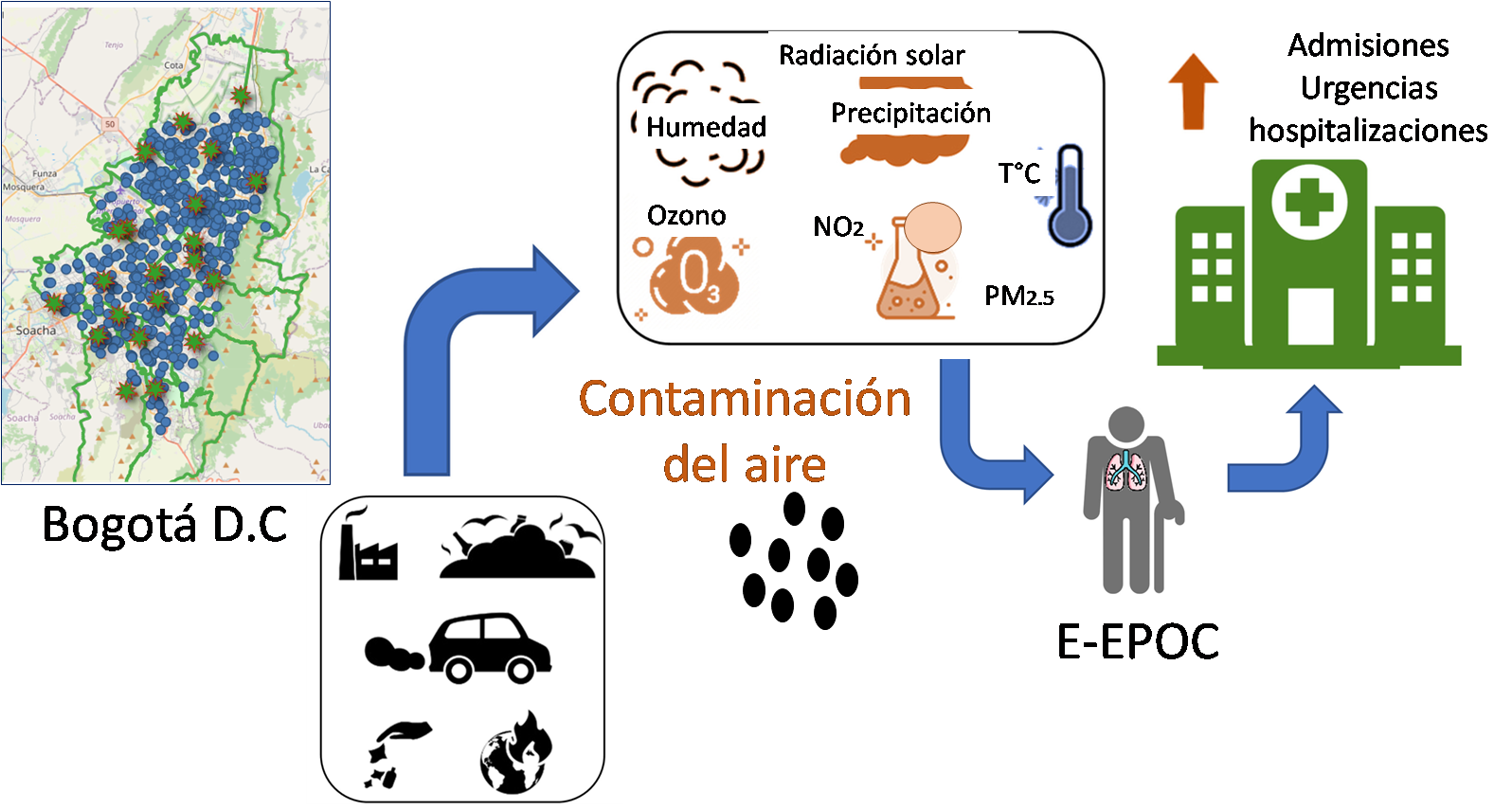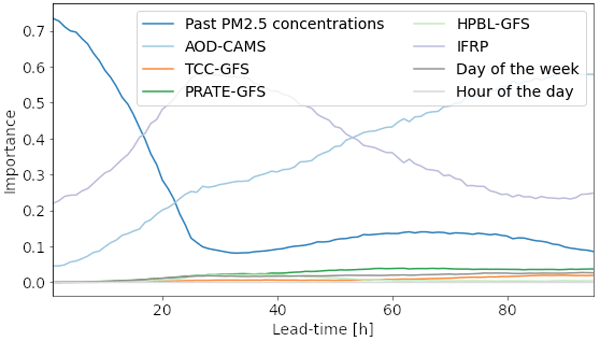Artículos científicos recientes
A worldwide aerosol phenomenology: Elemental and organic carbon in PM2.5 and PM10 by Putaud et al.
Identification of culturable fungi in particulate matter (PM10) on a university campus in a peri-urban area of Northern South America by Ramírez et al.
African dust particles over the western Caribbean: Chemical characterization by Rosas et al.
Genetic sequencing of the airborne fungal spectrum and air quality at a public hospital in Mexico City by Calderón-Ezquerro et al.
The UNAM-MARine Aerosol Tank (UNAM-MARAT): an evaluation of the ice-nucleating abilities of seawater from the Gulf of Mexico and the Mexican Pacific by Córdoba et al.
Air pollution levels in South America by Rojas et al.
Key factors explaining PM10
pollution in a large open‑pit coal mine in northern Colombia by Arregocés et al.
“Godzilla”, the extreme African dust event of June 2020: Origins, Transport, and Impact on Air Quality in the Greater Caribbean Basin by Mayol-Bracero et al.
Health impacts of air pollution in South America: Recent advances and research gaps by Mardoñez-Balderrama et al.
Number Concentration, Size Distribution, and Lung-Deposited Surface Area of Airborne Particles in Three Urban Areas of Colombia by Moreno Camacho et al.
Antibiotic-resistant bacteria aerosol in a Caribbean coastal city: Pre- and post- COVID-19 lockdown by Morgado-Gamero et al.
Forecasting 24 h averaged PM2.5 concentration in the Aburrá Valley using tree-based machine learning models, global forecasts, and satellite information by Pérez-Carrasquilla et al.
Long-range transport of air pollutants increases the concentration of hazardous components of PM2.5 in northern South America by Velásquez-García et al.
Simulation of the air quality and evaluation of a future district heating system in Valdivia, Chile by Pino-Cortés et al.
Air quality modeling intercomparison and multiscale ensemble chain for Latin America by Pachón et al.
Simulation of the Planetary Boundary Layer characteristics and its relation to air quality in the Metropolitan Area of Rio de Janeiro, Brazil by da Silveira et al.
Between and within-city variations of PM2.5 oxidative potential in five cities in Colombia by Rojas et al.
Atmospheric black carbon in the metropolitan area of La Paz and El Alto, Bolivia: concentration levels and emission sources by Mardoñez-Balderrama et al.
QUANT: a long-term multi-city commercial air sensor dataset for performance evaluation by Diez et al.
Smoke emissions from biomass burning in Central Mexico and their impact on air quality in Mexico City: May 2019 case study by Ríos et al.
Concentrations and Oxidative Potential of PM2.5 and Black Carbon Inhalation Doses at US–Mexico Port of Entry by Zurita et al.
Long-term evaluation of commercial air quality sensors: an overview from the QUANT (Quantification of Utility of Atmospheric Network Technologies) study by Diez et al.
Carbonaceous fraction in PM2.5 of six Latin American cities: Seasonal variations, sources and secondary organic carbon contribution by Dawidowski et al.
Short‑term effect of air pollution exposure on COPD exacerbations: a time series study in Bogota, Colombia by Herrera Lopez et al.
Atmospheric Aerosol Sulfur Distribution and Speciation in Mexico City: Sulfate, Organosulfates, and Isoprene-Derived Secondary Organic Aerosol from Low NO Pathways by Cooke et al.
